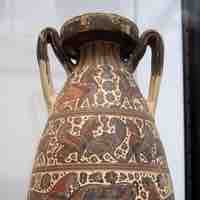Chapter 6
Ancient Greece
By Boundless
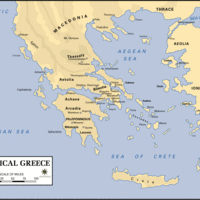
Ancient Greek culture spans over a thousand years, from the earliest civilizations to the cultures that became the Ancient Greeks.
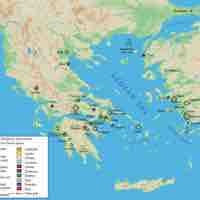
Greek religion played a central and daily role in the life of ancient Greeks, and their worship was centered on the temple and cult sites.
Delphi was an important cult site for Apollo and was home to many treasuries that housed the community's offerings to the god.
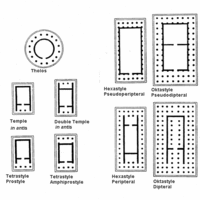
Temples in the Archaic period were the first stone temples built in Greece. They demonstrate a developing knowledge of stone building and use of decorative spaces on buildings.
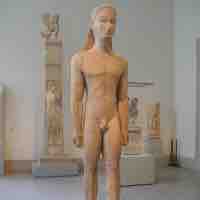
Sculpture during the Archaic period became increasing naturalistic, although this varied depending on the gender of the subject.
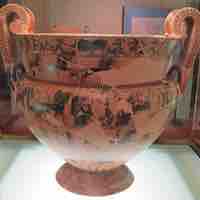
Archaic black- and red-figure painting began to depict more naturalistic bodies by conveying form and movement.
Early Classical Greek marble sculpture and temple decoration display new conventions to depict the body and severe style facial expressions.
Surviving Greek bronze sculptures of the Early Classical period showcase the skill of Greek artists in representing the body and expressing motion.
Ceramic art from Early Classical Greece displayed important compositional developments and increased naturalism in the figures.
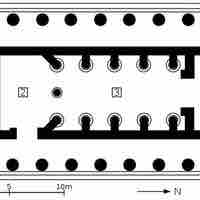
High and Late Classical architecture is distinguished by its adherence to proportion, optical refinements, and early exploration of monumentality.
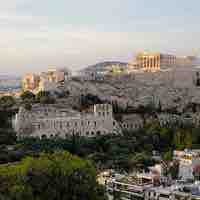
The Athenian Acropolis is an ancient citadel in Athens containing the remains of several ancient buildings, including the Parthenon.
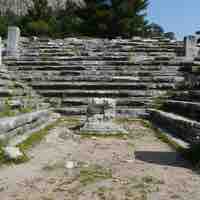
Hippodamus of Miletus is considered the "father" of rational city planning, and the city of Priene is a prime example of his grid planned cities.
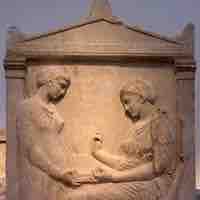
Large, relief-carved stelae became the new funerary markers in Greece during the High Classical period.
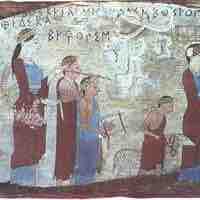
Panel and tomb paintings from the High Classical Period depicted natural figures with high plasticity and dynamic compositions.

High Classical sculpture demonstrates the shifting style in Greek sculptural work as figures became more dynamic and less static.
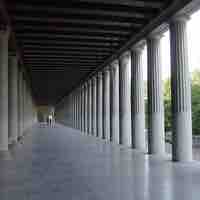
Architecture during the Hellenistic period focused on theatricality and drama; the period also saw an increased popularity of the Corinthian order.
Pergamon rose as a power under the Attalids and provides examples of the drama and theatrics found in Hellenistic art and architecture.
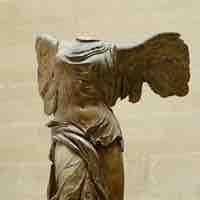
A key component of Hellenistic sculpture is the expression of a sculpture's face and body to elicit an emotional response from the viewer.

